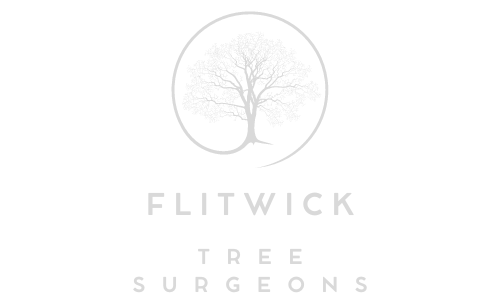Stump Removal in Different Climates: Challenges and Solutions
Introduction: Tree stumps are a common sight in many landscapes, whether in the Arctic’s frozen tundras or the equator’s tropical rainforests. Yet, the challenges posed by stump removal can vary significantly depending on the climate. In this blog post, Flitwick Tree Surgeons will explore the unique challenges and solutions for stump removal in different climates, from extreme cold to sweltering heat.
1. Cold Climates:
Challenges:
- Frozen Ground: In cold climates, the ground can freeze to considerable depths during winter, making it difficult to access and remove stumps.
- Machinery Reliability: Extreme cold can affect the performance of stump grinding machinery, leading to breakdowns.
- Limited Working Season: Stump removal is often limited to the warmer months, reducing the window for work.
Solutions:
- Thawing Techniques: Employ methods like ground thawing mats or heated blankets to thaw the ground around the stump before removal.
- Winterising Equipment: Ensure that stump grinding equipment is winterised and maintained to withstand cold temperatures.
- Planning: Schedule stump removal in late fall or early spring when the ground is less likely to be frozen.
2. Hot and Arid Climates:
Challenges:
- Drought Conditions: Hot and arid climates may experience prolonged droughts, making it challenging to keep the soil moist for stump removal.
- Equipment Overheating: Extreme heat can cause equipment to overheat, leading to operational issues.
- Fire Risk: Dry conditions increase the risk of sparks from grinding equipment starting fires.
Solutions:
- Watering: Regularly water the area around the stump to keep the soil moist, making it easier to remove.
- Equipment Cooling: Implement cooling systems for equipment and follow manufacturer recommendations for operation in high temperatures.
- Fire Safety: Have fire extinguishers and firefighting equipment on hand during stump removal projects in hot climates.
3. Humid and Tropical Climates:
Challenges:
- Rapid Decomposition: Humid climates can accelerate stump decomposition, making it challenging to grind or remove.
- Fungal Growth: High humidity promotes fungal growth on stumps, potentially causing health hazards for workers.
- Accessibility: Dense vegetation and tropical foliage can hinder access to stumps.
Solutions:
- Timely Removal: Remove stumps as soon as possible to prevent rapid decay.
- Safety Precautions: Wear appropriate protective gear to avoid contact with fungi and other potential hazards.
- Vegetation Clearance: Clear surrounding vegetation to gain better access to stumps.
4. Coastal and Salty Environments:
Challenges:
- Corrosion Risk: Coastal areas are prone to saltwater exposure, increasing the risk of corrosion for machinery.
- Soil Salinity: High soil salinity can affect stump decomposition rates and equipment performance.
- Saltwater Intrusion: Rising sea levels can lead to saltwater intrusion, damaging equipment and making removal more challenging.
Solutions:
- Equipment Maintenance: Regularly clean and maintain equipment to prevent corrosion.
- Salinity Management: Monitor soil salinity and implement amendments as needed to maintain stump removal efficiency.
- Protection Measures: Protect equipment from saltwater exposure and take precautions against rising sea levels.
Conclusion: Stump removal is a universal need, but the challenges can vary significantly based on the location’s climate. Understanding and adapting to these challenges is essential for successful stump removal projects. Whether dealing with freezing temperatures, scorching heat, high humidity, or salty environments, Flitwick Tree Surgeons provides expert guidance and solutions tailored to your specific climate-related challenges. By addressing these challenges proactively, you can ensure efficient and effective stump removal in any climate.
Call us on: 01525 664 396
Click here to find out more about Flitwick Tree Surgeons
Click here to complete our contact form and see how we can help with your tree’s needs.

